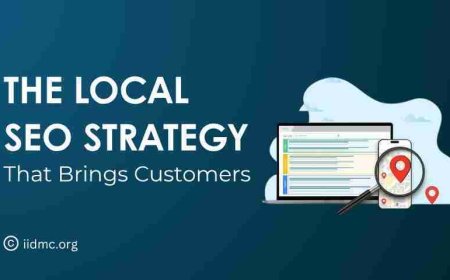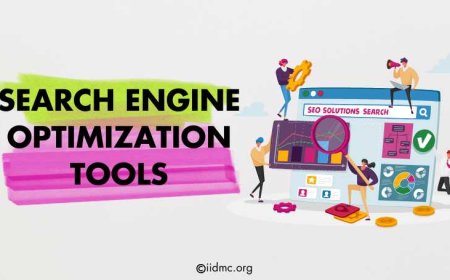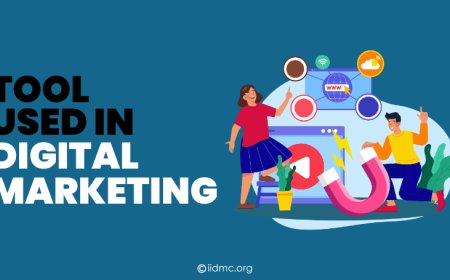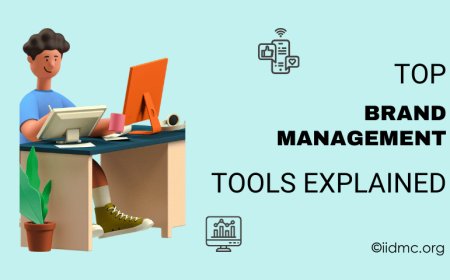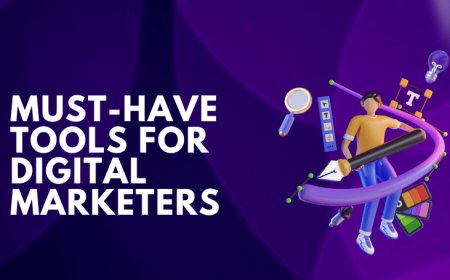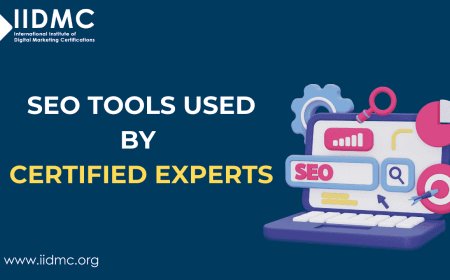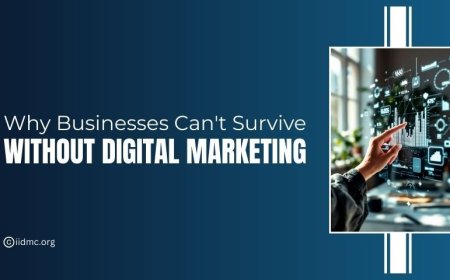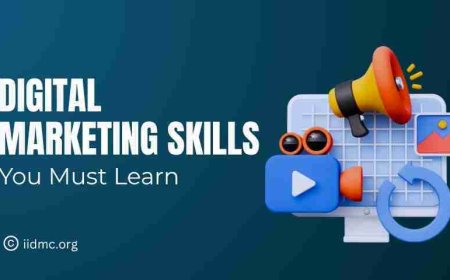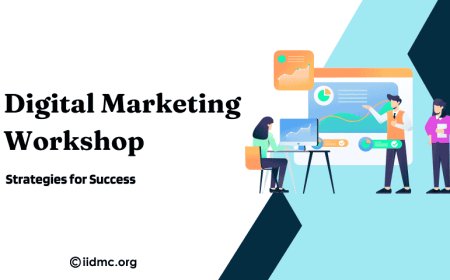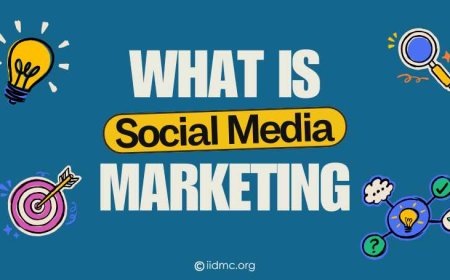How to Do SEO for Website Step by Step
Learn how to do SEO for your website step by step. Simple tips with keywords, content tips, backlinks, and on-page SEO to boost your Google ranking.
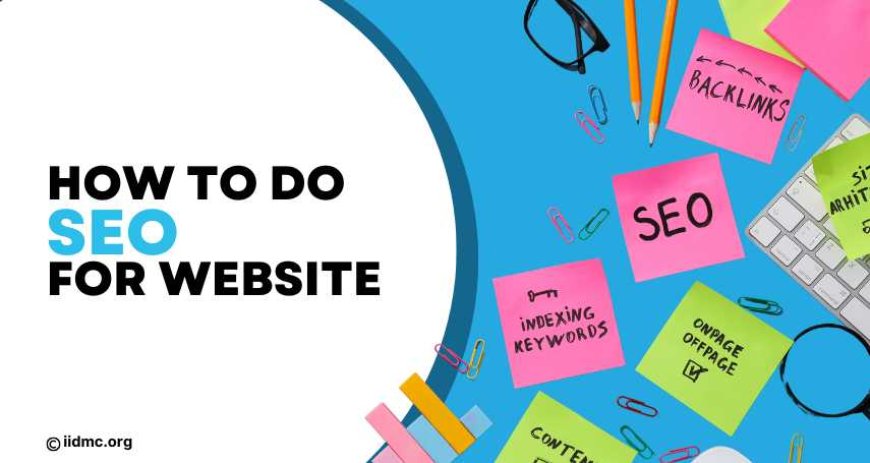
From years of practical experience, I've learned that SEO is all about strategy and consistency. I learned what affects search rankings from working on several websites. I'll walk you through the exact procedures I use to make websites better.
Every move matters, from carefully choosing keywords to improving on-page components and obtaining high-quality backlinks. These are not just theories; they are strategies for increasing visibility and getting relevant traffic.
You will have a clear route to increasing the visibility of your website in search results if you follow along.
What is SEO and Why Does It Matter?
SEO stands for Search Engine Optimization. It's the process of improving your website so that it ranks higher in search engine results, like Google. The better your SEO, the more likely people will find your site when they search for related topics.
When your website appears at the top of search results, you get:
-
More visitors (organic traffic)
-
Better brand visibility
-
Increased trust and credibility
-
Higher chances of making sales or conversions
Step 1: Do Keyword Research
Before creating content, you need to know what people are searching for. These search terms are called keywords.
How to find keywords:
-
Use tools like Google Keyword Planner, Ubersuggest, or Ahrefs.
-
Type a topic into Google and see the suggested searches.
-
Check out related searches at the bottom of the Google page.
Choose keywords that are relevant to your website and have a good search volume but are not too competitive.
Focus on long-tail keywords
Long-tail keywords are phrases with 3 or more words. For example, instead of "shoe," try "best sports shoes for beginners." These are easier to rank for and bring in targeted visitors.
Step 2: Optimize Your Website Content
Once you have your keywords, it's time to create or improve your website content.
Tips for optimizing content:
-
Make use of your target term throughout the headings, title, and body of the text.
-
Include your keyword in the meta description, which is what Google search results display.
-
Write interesting and informative material that responds to the questions of your visitors.
-
Break up your content into small paragraphs to make it easier to read.
-
If at all possible, use numbered lists or bullet points.
Remember, don't stuff keywords everywhere. Use them naturally.
Step 3: Improve On-Page SEO
On-page SEO is everything you can do on your website to help search engines understand your content.
Important on-page SEO elements:
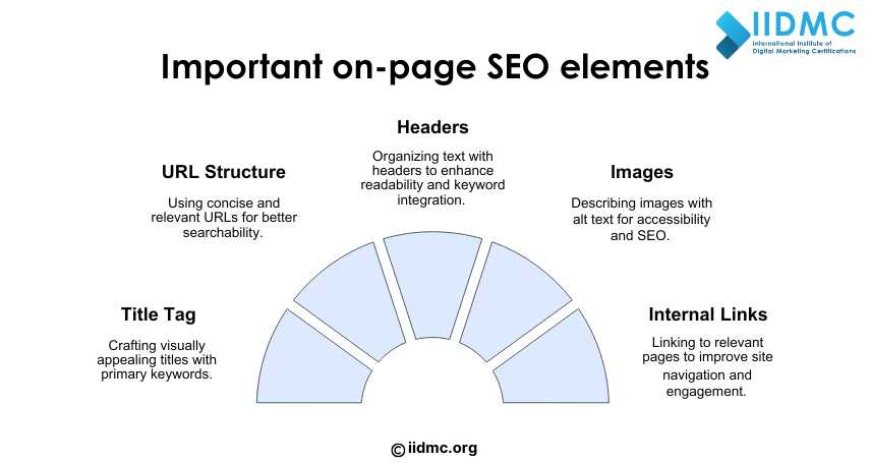
-
Title tag: Make it visually appealing and include your primary keyword.
-
URL: Use the term and keep it brief (yoursite.com/best-sports-tshirt, for example).
-
Headers (H1, H2, H3): Use headers to naturally arrange your text and incorporate keywords.
-
Images: Give each image a description using alt text. This improves accessibility and helps Google.
-
Internal links: Provide links to other relevant web pages.
Step 4: Make Your Website Mobile-Friendly
More than half of all searches come from mobile devices. Google prefers mobile-friendly websites.
How to make your site mobile-friendly:
-
Use a responsive design that adjusts to different screen sizes.
-
Make sure buttons and links are easy to click on small screens.
-
Test your website using Google’s Mobile-Friendly Test tool.
Step 5: Improve Website Speed
Website loading speed is a ranking factor. Slow websites frustrate visitors and can hurt your SEO.
How to speed up your website:
-
Compress images without reducing quality.
-
Use a fast and reliable web hosting provider.
-
Minify CSS, JavaScript, and HTML files.
-
Enable browser caching.
You can check your site’s speed using Google PageSpeed Insights.
Step 6: Build Backlinks
Backlinks are links from other websites to your site. They are like votes of confidence for your website.
How to get backlinks:
-
Create valuable and shareable content.
-
Reach out to other websites and offer guest posts.
-
Get listed in relevant directories.
-
Share your content on social media.
Avoid buying backlinks or using spammy techniques; Google can penalize your site.
Step 7: Focus on User Experience (UX)
Google wants to show users the best possible websites. That means your site should be easy and pleasant to use.
Improve user experience by:
-
Making your site easy to navigate.
-
Using readable fonts and colors.
-
Avoiding pop-ups that block content.
-
Providing clear calls-to-action (CTAs).
A positive user experience keeps visitors on your site longer, which helps SEO.
Step 8: Use Analytics to Monitor Your SEO
Once you start working on SEO, it’s important to track your progress.
Useful tools:
-
Google Analytics: Track visitors, bounce rates, and conversions.
-
Google Search Console: Monitor how your site appears in search results and find issues.
Look at which pages are performing well and which need improvement.
Step 9: Keep Updating Your Content
SEO is not a one-time task. Search trends and algorithms change, so you need to keep your content fresh.
How to keep content updated:
-
Add new information or statistics.
-
Fix broken links and outdated facts.
-
Regularly publish new blog posts or pages.
Staying active shows Google that your site is alive and relevant.
Step 10: Be Patient and Stay Consistent
SEO takes time. You won't notice results right away. Moving up the ranks could take weeks or even months.
Your website's exposure and authority will increase over time if you continue to be consistent with your SEO activities.
This for your website could seem like a huge task, but it becomes manageable if you break it down into smaller, more achievable steps. Begin by conducting keyword research, then work on content optimization, on-page SEO, backlink building, and user experience improvement. Maintain a record of your progress and keep learning and adapting along the way.
Do not forget that the secret to SEO success is producing useful and quality content that responds to the queries of your target audience. You will eventually receive rewards from search engines if you do that.
